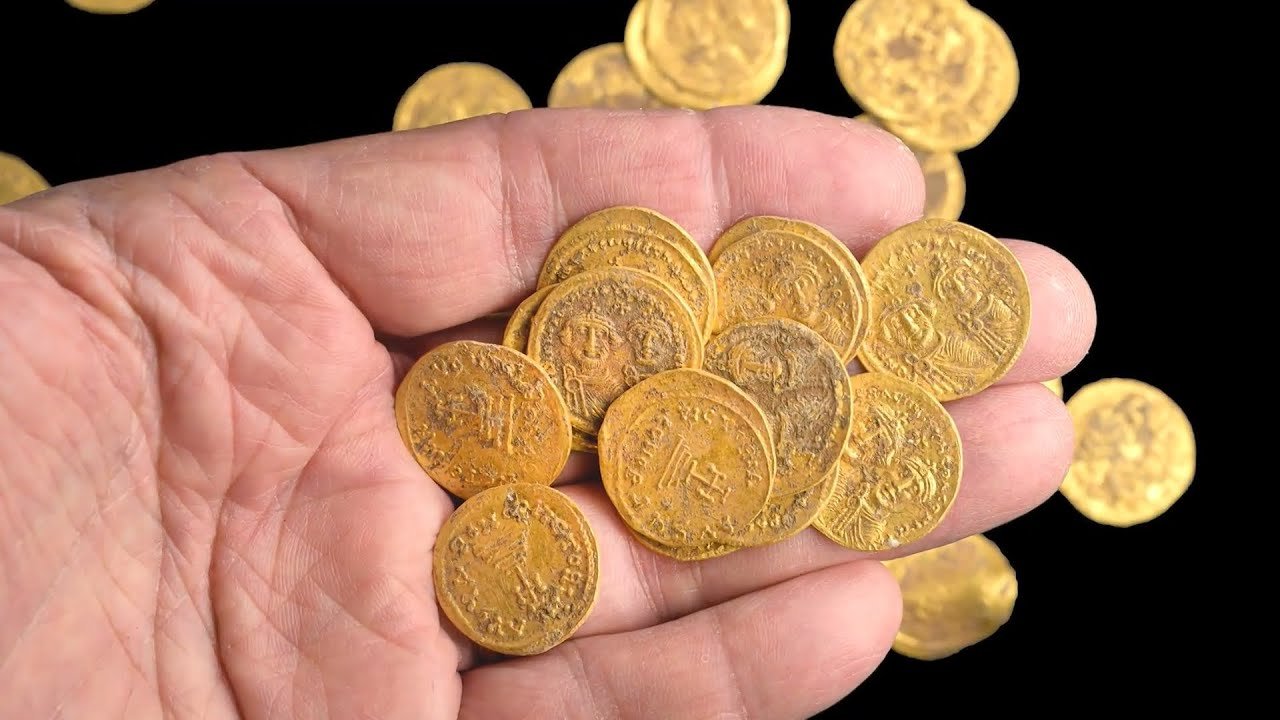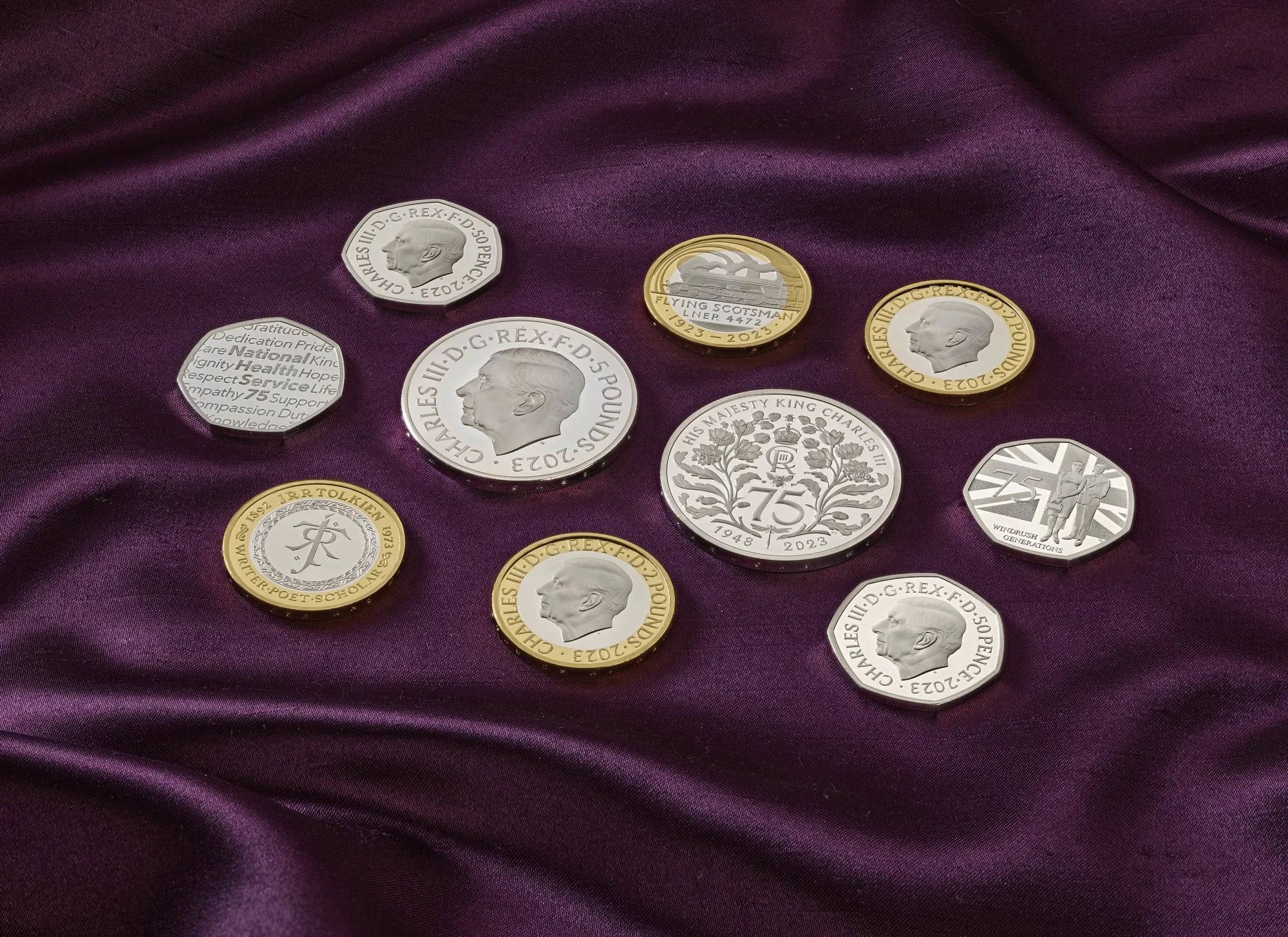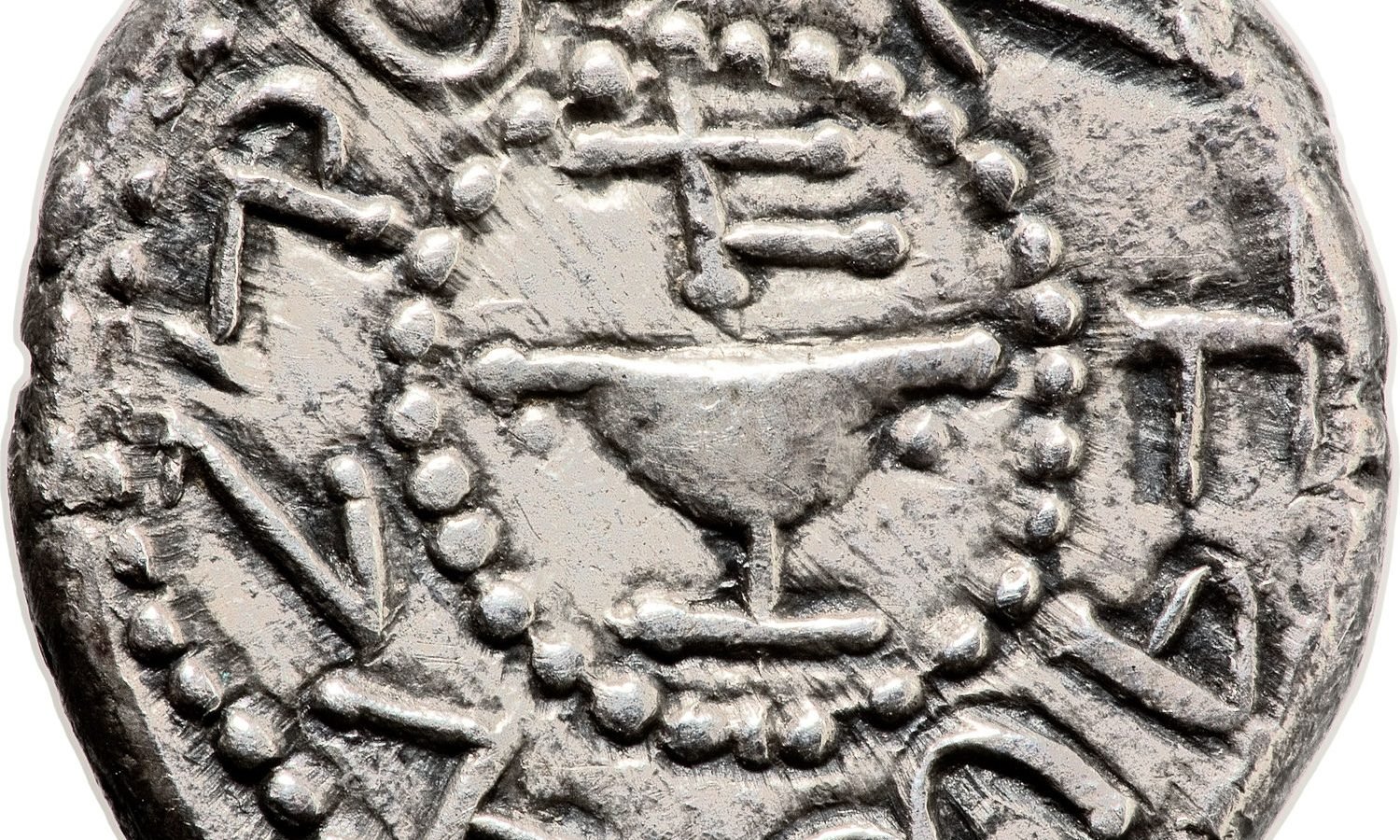Gout Coins: History, Significance, and Growing Collectible Value

In the specialized world of numismatics, the term “gout coin” has gained popularity in recent years. A unique form of currency, the gout coin holds connections to the broader history of medicine, disease, and human civilization. This page will discuss what a gout coin is. Its significance in history and why it holds value as both a collectible and a symbol of medical history.
Commemorative Gout Coins: History and Significance
A gout coin is a coin that has anything to do with the condition gout. It is a type of inflammatory arthritis that commonly happens when there are excessive amounts of uric acid in the body. Gout coins, on the other hand, are not a type of currency specifically designed for individuals with the disease. Instead, these coins are typically made to commemorate the disease or its impact on society. The coin might include symbols, words, or patterns that are relevant to the illness, its history, or prominent individuals who have had it. Formal medical groups have made some coins, while others have come from more personal or private sources.

Gout has been known about since ancient times. It has traditionally been associated with the rich and powerful, often linked to excessive consumption of rich foods and excessive drinking of wine. This is why it is called “the disease of kings.” This is why gout coins typically feature images of wealth, health, and royal endorsement on them. Collectors can gain valuable insights into the history of one of the world’s oldest diseases by collecting these commemorative coins. They can see how the condition changed medicine and society as a whole.
Coins as Cultural Symbols of Gout and Medical History
The social and cultural environment in which these coins were made makes them historically significant. Since it primarily affected individuals who had access to expensive wines, meats, and shellfish, the Greeks and Romans perceived the sickness as a sign of prosperity. Hippocrates was one of the first to document gout, a condition that has been studied for centuries.
Historically, gout symbolized authority and excess, but it also highlighted the limitations of medicine. Medical professionals in medieval Europe didn’t know much about gout, so they prescribed incorrect and sometimes deadly treatments. The illness remained. In the 17th and 18th centuries, doctors such as Thomas Sydenham improved the diagnosis of gout.
Making coins to commemorate diseases or significant medical events was a means for communities to remember the past, educate others about it, and honor individuals who were affected by these conditions. Gout coins, which were often distributed by royalty or hospitals, are a blend of art, culture, and science. Their engravings capture major events in history.
Growing Interest in Gout Coins
Interest in gout coins has increased throughout the 20th and 21st centuries, mainly due to a growing awareness of the condition and its historical significance. Medical collectors, historians, and numismatists have all contributed to the increased value and recognition of gout-related coins.
Collecting coins associated with sickness, medicine, or notable historical figures has become a popular subfield of numismatics. These collectors don’t only care about the monetary value of the coin; they also care about its history, rarity, and the stories it tells about the past. Coins that have references to medical problems, such as gout, may be considered unique relics and essential artifacts of a culture’s history.
Gout coins are gaining popularity at auctions, and their market is expanding. Like other collectibles, gold coins are valued based on their rarity. Small-quantity coins minted by medical groups or governments with commemorative themes are worth more than regular coins with intricate engravings or inscriptions featuring legendary doctors. Such as Thomas Sydenham, or gout-stricken monarchs and queens.
Gout Coins: Symbol of Medical History
Making and using gout coins is more than just a historical interest in the ailment. These coins represent the ongoing fight against chronic illnesses and the connection between money, health, and medicine. Gout coins are a lasting memory of medical history, and they can also help raise awareness of diseases that still affect millions of people today.
These coins symbolize how chronic illnesses, such as gout, have impacted society, medicine, and culture. This makes a gout coin a link between ancient medical expertise and modern disease and treatment knowledge.
Final thoughts
Buying antique coins is an opportunity to own history and gain money. Collecting gout coins is both enjoyable and educational, as they are associated with a disease that has impacted world leaders. Collectors interested in health, history, and art can learn more about the past through Goan excelare.
As medical numismatics becomes more popular, the value of rare coins associated with past diseases is likely to continue increasing. Gout coins are a great choice if you want to add something unique to your collection or make an investment.

